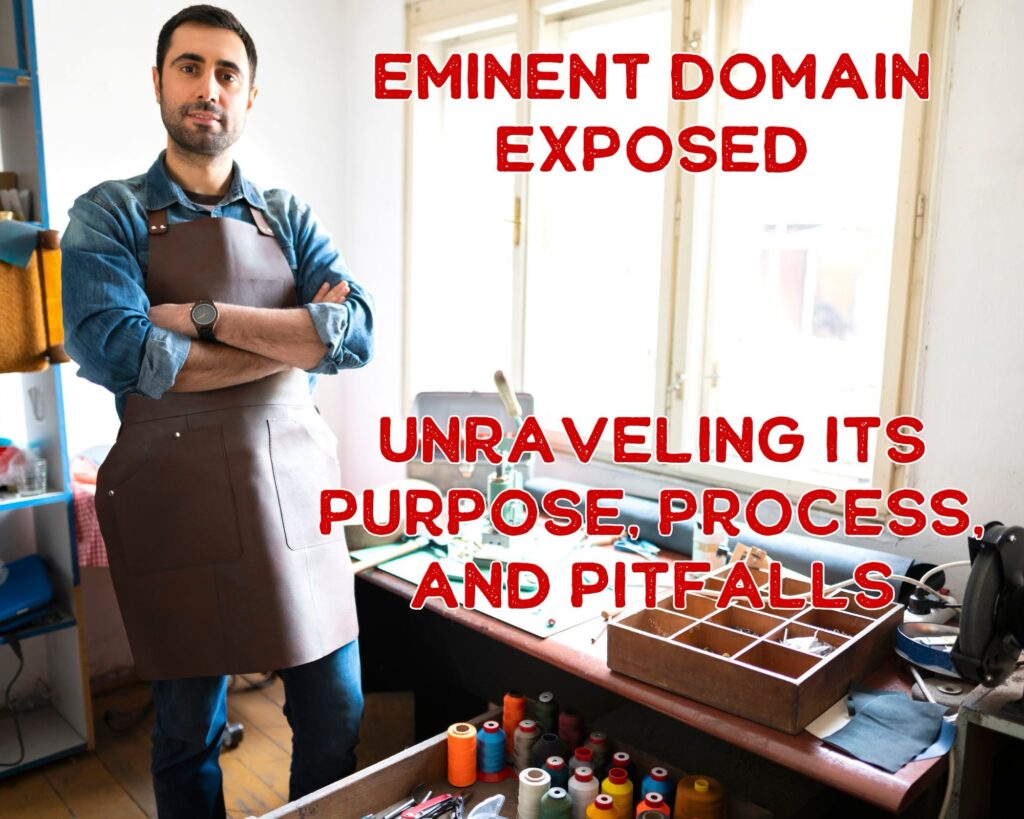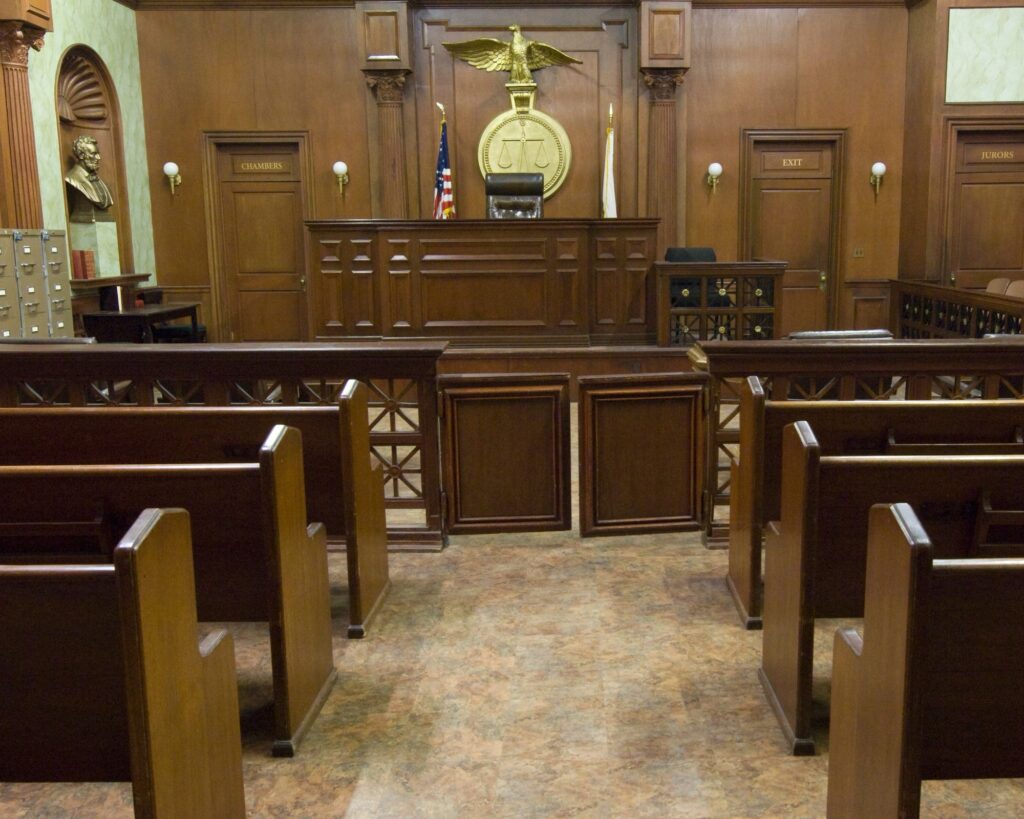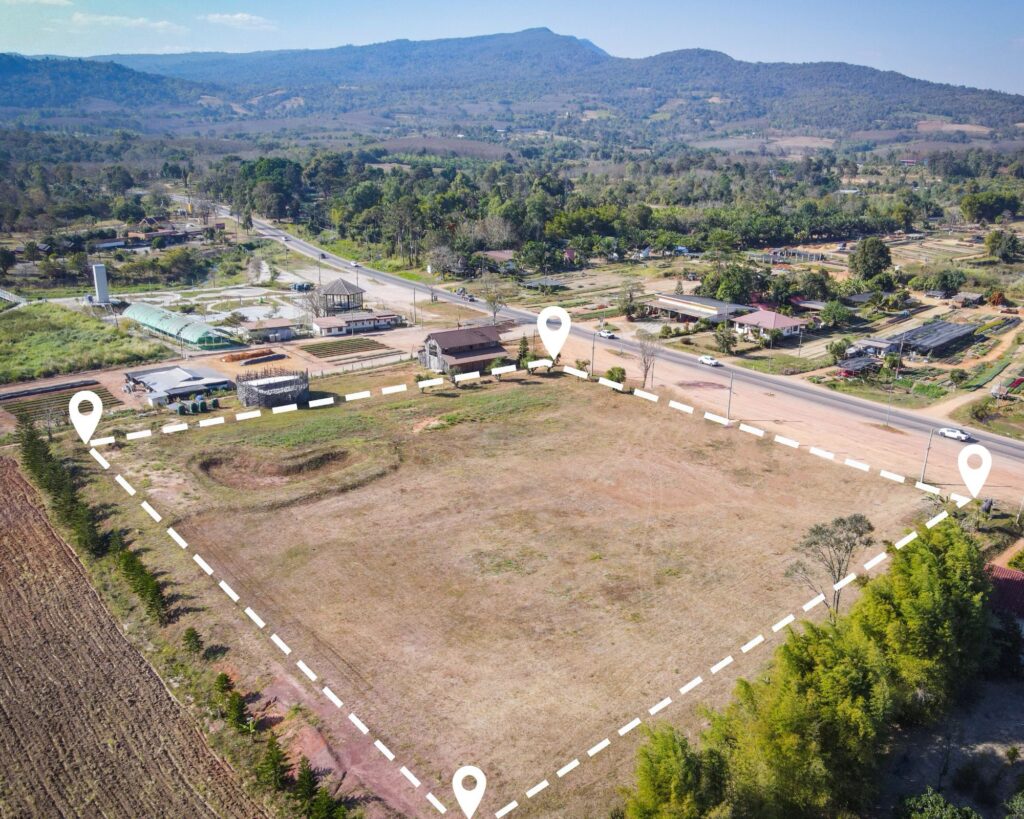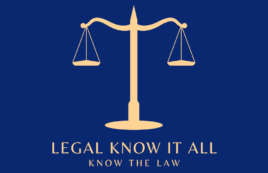Eminent domain, often referred to as condemnation or expropriation, is a legal process through which the government has the authority to acquire private property for public use. While this power is essential for infrastructure development and public projects, it also raises significant questions about property rights, government authority, and individual liberties.

Definition and Legal Basis
At its core, eminent domain is based on the principle of sovereignty, which grants the government the inherent authority to exercise control over land within its jurisdiction. This authority is derived from the Fifth Amendment of the United States Constitution, which states that private property cannot be taken for public use without just compensation.
Historically, eminent domain has been used to facilitate the construction of roads, bridges, schools, and other public infrastructure projects. However, the scope of eminent domain has expanded over time to include economic development, urban renewal, and environmental conservation efforts.
Historical Context and Evolution
The concept of eminent domain traces its roots back to ancient civilizations such as Rome and Greece, where rulers had the authority to seize land for public projects. In the United States, eminent domain has been enshrined in law since the colonial era, with early settlers adopting English common law principles regarding property rights and government authority.
The modern understanding of eminent domain was shaped by landmark legal cases and legislative actions throughout American history. One of the most significant developments was the Supreme Court’s decision in “Kelo v. City of New London” in 2005, which affirmed the government’s authority to seize private property for economic development purposes, even if the property was ultimately transferred to private developers.
Primary Objectives and Goals
The primary objective of eminent domain is to promote the public interest by facilitating projects and initiatives that benefit society as a whole. This may include the construction of essential infrastructure, the revitalization of blighted areas, or the preservation of natural resources.
However, eminent domain is also subject to abuse and controversy, as government agencies and private entities may seek to exploit this power for their own gain. The balance between public necessity and private property rights is often a contentious issue, with property owners, advocacy groups, and legal scholars debating the ethical and legal implications of eminent domain actions.

The Process of Eminent Domain
Eminent domain proceedings typically involve several steps, each with its own legal requirements and considerations. Understanding this process is essential for property owners who may find themselves facing the prospect of their land being taken by the government.
Initiation and Declaration of Eminent Domain
The process usually begins when a government agency or entity determines that it needs to acquire a particular property for a public project or purpose. This decision is often based on studies, assessments, and planning documents that identify the need for infrastructure improvements, economic development initiatives, or other public works projects.
Once the decision to proceed with eminent domain has been made, the government agency must formally declare its intent to acquire the property through eminent domain. This declaration is typically made through a legal instrument such as a resolution, ordinance, or condemnation order, which outlines the public necessity for the acquisition and sets the stage for the subsequent steps in the process.
Identification of Properties Subject to Seizure
After the declaration of eminent domain, the government agency will identify the specific properties that are subject to seizure. This may involve conducting surveys, assessments, and appraisals to determine the fair market value of the properties and assess their suitability for the intended public use.
Property owners whose land is targeted for acquisition will be notified of the government’s intent and given an opportunity to respond. This notification typically includes information about the proposed project, the reasons for the property’s selection, and the legal rights and options available to the property owner.
Notification and Negotiation with Property Owners
Once the properties subject to seizure have been identified, the government agency will initiate negotiations with the affected property owners. The goal of these negotiations is to reach a mutually agreeable resolution regarding the acquisition of the property, including the terms of compensation and any relocation assistance that may be necessary.
During this phase, property owners have the right to seek legal counsel and advocate for their interests. They may also challenge the government’s decision to acquire their property through eminent domain, either through administrative appeals or by filing a lawsuit in court.
Legal Proceedings and Court Involvement
If negotiations between the government and the property owner are unsuccessful, the matter may proceed to legal proceedings, including condemnation hearings and court proceedings. In these proceedings, the government must demonstrate that the seizure of the property is justified by public necessity and that the property owner is entitled to just compensation for the loss of their property.
Property owners have the right to present evidence, call witnesses, and challenge the government’s case in court. They may also seek to have the amount of compensation determined by a jury, rather than by the government or a judge.
Compensation and Relocation Assistance
Once a final determination has been made regarding the acquisition of the property, the property owner is entitled to receive just compensation for the fair market value of the property. This compensation may also include additional damages for any loss of value or inconvenience caused by the taking of the property.
In addition to compensation, property owners may be entitled to relocation assistance to help them find suitable alternative housing or business locations. This assistance may include financial assistance, counseling services, and assistance with moving expenses.
Overall, the process of eminent domain can be complex and contentious, with significant legal, financial, and emotional implications for property owners. Understanding your rights and options is essential if you find yourself facing eminent domain proceedings.
Learn more about understanding living wills and making informed decisions for your future.

The Purpose of Eminent Domain: Balancing Public Interest and Property Rights
While eminent domain serves to benefit the public by enabling essential projects and initiatives, it also raises questions about the balance between government authority and individual property rights. Understanding the purpose behind eminent domain sheds light on its intended goals and the ethical considerations involved.
Public Use vs. Public Purpose
One of the central debates surrounding eminent domain is the distinction between “public use” and “public purpose.” Traditionally, eminent domain was reserved for projects directly benefiting the public, such as roads, schools, and utilities. However, in recent years, the definition of public use has expanded to include projects with broader public benefits, such as economic development and urban renewal.
Examples of Legitimate Uses
Eminent domain has been used for a wide range of projects deemed to serve the public interest. These include the construction of highways and transportation infrastructure, the redevelopment of blighted urban areas, and the preservation of environmentally sensitive lands. In each case, the government argues that the benefits to society outweigh the loss of individual property rights.
Debate Surrounding Controversial Uses
Despite its intended purposes, eminent domain has been the subject of controversy and criticism, particularly when used for projects perceived to primarily benefit private interests. Cases such as the aforementioned Kelo v. City of New London decision have sparked public outcry and led to calls for reform to limit the government’s ability to seize property for economic development purposes.
As the debate over eminent domain continues, it underscores the need for careful consideration of the public interest and respect for individual property rights. Striking a balance between these competing interests is essential to ensure that eminent domain is used judiciously and ethically for the betterment of society as a whole.

Pitfalls and Challenges: Navigating the Controversies Surrounding Eminent Domain
Despite its intended benefits, eminent domain is fraught with challenges and potential pitfalls that can have significant consequences for property owners and communities alike. Understanding these pitfalls is essential for navigating the complexities of eminent domain proceedings and advocating for fair treatment.
Abuse of Eminent Domain Power
One of the most significant pitfalls of eminent domain is the potential for abuse of power by government agencies and private entities. In some cases, eminent domain has been used to benefit politically connected developers or corporations at the expense of individual property owners. This abuse of power undermines public trust in the eminent domain process and raises questions about government accountability.
Impact on Property Owners and Communities
Eminent domain can have profound impacts on property owners, who may face the loss of their homes, businesses, or land. Displacement caused by eminent domain can disrupt lives, livelihoods, and communities, leading to emotional distress and financial hardship for affected individuals. Moreover, the loss of historic or culturally significant properties can diminish the character and identity of communities.
Legal and Ethical Considerations
The legality and ethics of eminent domain actions are often subject to debate and interpretation. While the government has the authority to seize property for public use, questions arise about the fairness of compensation, the adequacy of public notice, and the legitimacy of the public purpose. Property owners may challenge eminent domain actions on constitutional grounds, arguing that their rights to due process and just compensation have been violated.
Potential for Litigation and Resistance
Eminent domain proceedings can quickly escalate into contentious legal battles, with property owners challenging the government’s actions in court. Litigation can prolong the process, increase costs, and strain relationships between property owners and government agencies. Moreover, public opposition to eminent domain projects can lead to protests, activism, and political pressure on decision-makers.
Navigating these pitfalls requires vigilance, advocacy, and a thorough understanding of legal rights and options. Property owners facing eminent domain proceedings must be prepared to assert their rights, challenge questionable actions, and seek fair treatment under the law.
Explore 6 of Missouri’s most bizarre laws for a glimpse into legal oddities.
As an Amazon Associate we earn from qualifying purchases through some links in our articles.




